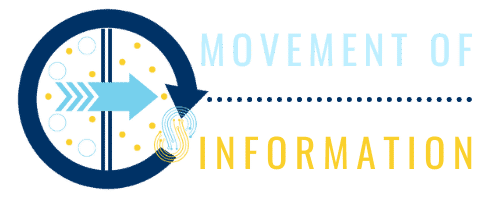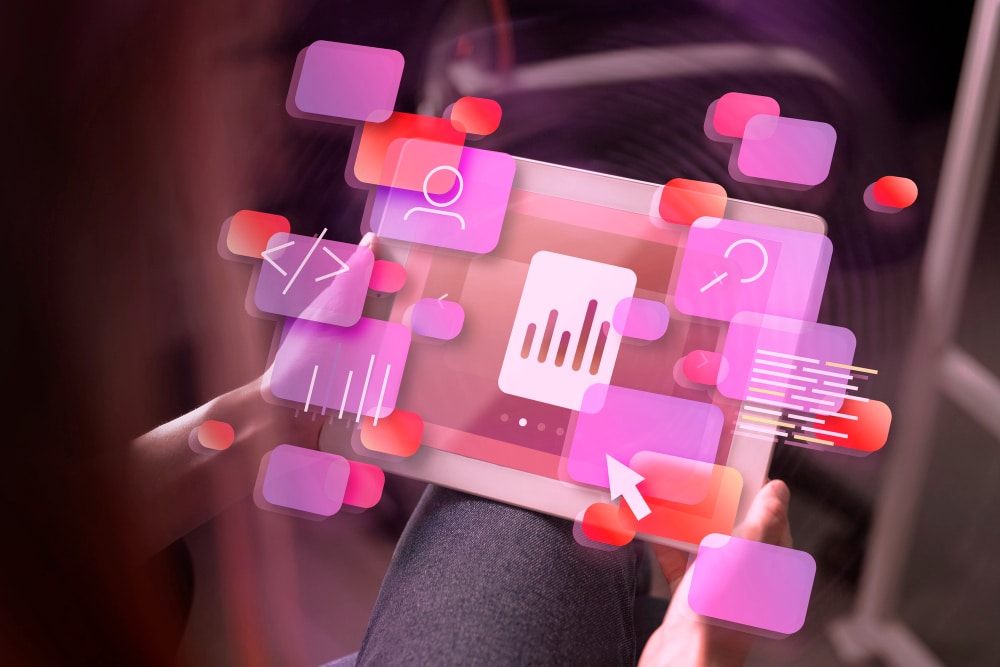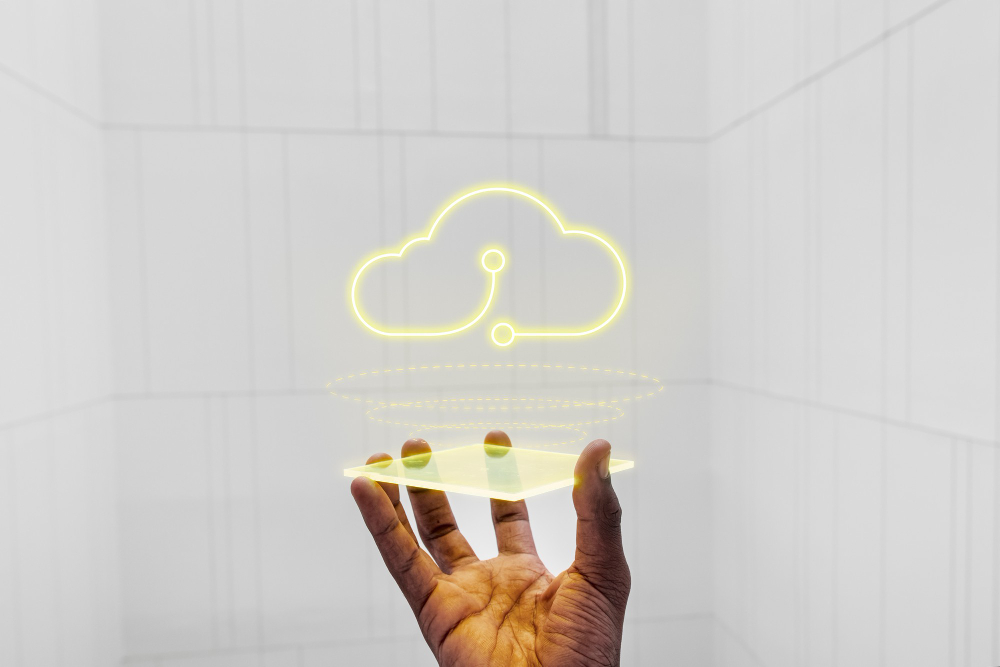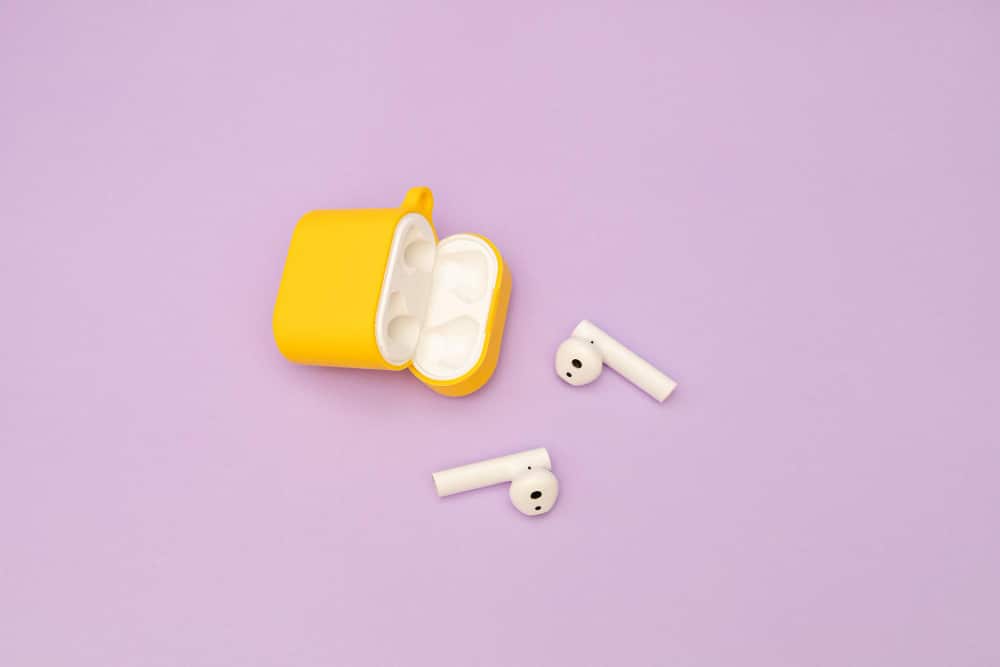It has never been more important to bridge the physical and digital divide than it has been in the past 12 months, as virtual meetings, zooms, and video calls have replaced in-person interactions and face-to-face communication.
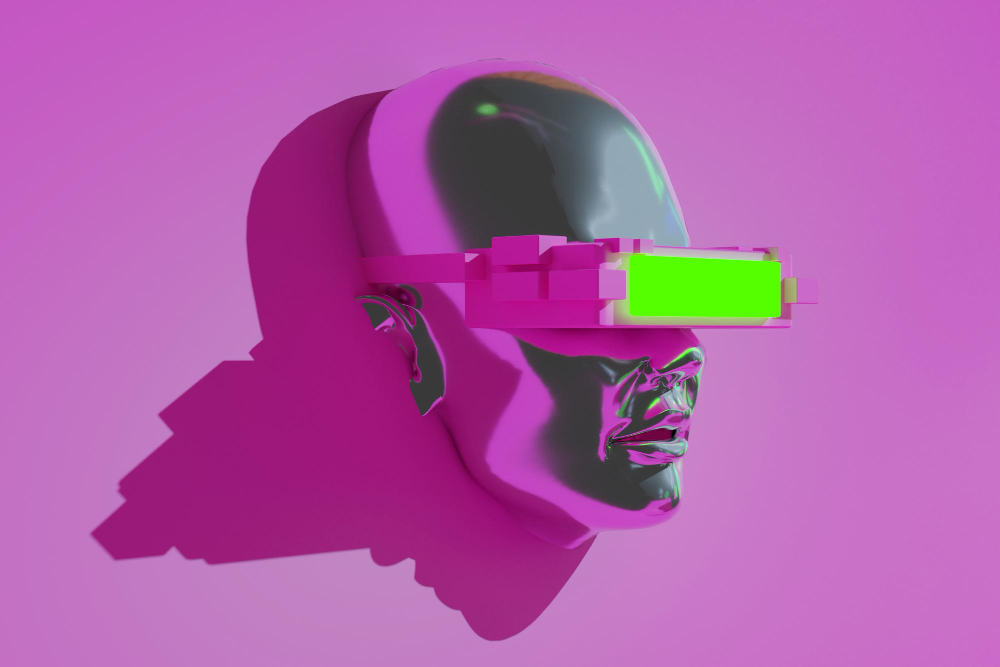
What is Digital Twins Technology?
The Covid-19 pandemic prompted the events sector to adopt a virtual model suddenly, even though many companies hadn’t yet thought of their “Digital Twins,” which are virtual versions of real-world goods and services. Let us explore more about the bridge between physical and digital world.
The physical and digital world have become even more integrated as a result of the amazing advances in computer technology in recent years. After the release of several mixed reality systems, digital twins have emerged as the building industry’s newest preoccupation with the future. This idea, which was created in the early 2000s, has recently gained attention as a technique that is even more cutting-edge than building data modelling.
It is viewed as a chance to improve asset performance, aid actors in anticipating negative environmental effects throughout the life cycle phases, estimate maintenance tasks based on sensor data, and deliver many other advantages for constructed assets around the world.
What is Digital Twin?
A digital twin is a representation of an actual physical object that is created, maintained, and supported in order to support its performance using optimization and simulation tools that are fed with real data from the original equipment.
Digital Twins: Bridge between Physical and Real World
One of the key issues facing today’s industry is the development and application of digital twin technology, and more in-depth research on digital twin design techniques is required.
The Robot Operating System (ROS) can safely interact with remote Digital Twins via the Internet in the current research study from the Mechatronics and Autonomous Systems Research Group at Tallinn University of Technology (TalTech). This allows ROS to take advantage of its adaptability across great distances and various systems.
The physical entity in the actual world, its digital entity (or digital models), and the data make up the general Digital Twin architecture. Additionally, all potential Digital Twin applications (services) and relationships between entities are frequently portrayed as discrete components, which justifies a five-dimensional (5D) representation.
A real physical entity is made up of numerous online subsystems and sensory components. The virtual entity is composed of one or more models. These models can be of space, matter, numbers, behavior, rules, or other things. The data entity includes numerous types of data from the actual physical object that were implemented using various sensors and data collecting systems. The primary function of the service entity is to regulate both virtual and physical entities.
It may also provide a number of auxiliary services, including path planning, energy optimization, maintenance and diagnostics, and so forth. A continuous live link between information, digital, physical, and business entities supplied by connection entities is necessary for high-quality simulations.
A digital twin of almost any process or product may now be created utilizing continuous streams of real-time data. For instance, even if a physical thing is the process’ result, manufacturing itself starts with information from the design stage. This would be the point at which the physical and digital worlds collide.
That data is given to the machines that carry out designs. Additionally, more data is gathered during production and any subsequent use of the finished product. The collected data can be used to generate an ongoing cycle of invention and advancement that will be incredibly beneficial for future designs and adjustments.
When the data from the product lifecycle is put together, it forms a continuous digital thread that connects the physical and digital worlds. Real-time data is combined and integrated to create a virtual representation of a process or product that might offer important new insights and empower the digital twin by giving it the information it requires to operate.
With the help of a digital twin, businesses may stop depending on historical analysis to increase efficiency and start making predictions about the future using real-time data. Digital twins will help businesses drive innovation by helping to optimize and improve their operations and products as more businesses discover how to use acquired data.
Conclusion
We appear to be at the beginning of a boom in digital twin technology. Because they will fundamentally alter enterprises, digital twins will upend numerous industries. More and more businesses will want to use their very own digital twins as to create a bridge between physical and digital world as technology develops in order to obtain a competitive edge. Be the industry disruptor rather than being impacted to stay one step ahead of the competition.


